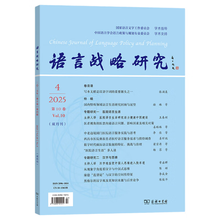Although metonymic expressions are neither necessary nor sufficientfor the creation of genuine poetic effects, they are particularly well suitedto this purpose. As discussed above, some cases of metonymy are in-volved with an implicit and weak communication. What makes a met-onymic expression creative is that a single word or phrase triggers thediscovery of an array of implicatures. Metonymy often provides a compactform of an expression for complex ideas that cannot be explicitly speci-fied. This can by illustrated by an example such as the metonymic ex-pressions "a mandarin jacket" or "Western-style clothes" in (20) :<br> Using the name of the judge who wore a mandarin jacket or West-ern-style clothes would have been simpler, but it would not have causedthe same results. The metonymic expressions are used to encourage amore extensive exploration of context and make more complex and moreprecise assumptions with regard to the actual situation and the state of af-fairs. In (20), the interpretation of metonymy requires some immediate-ly available encyclopedic knowledge attached to the metonymic expres-sions and some general knowledge derived from the striking contrast ofthe styles of clothes the two judges had on. Given that the context in-cludes the assumption about the circumstances, for example, the storytook place during the Revolution of 1911 in China, the extension of con-text finally results in a number of contextual implications, such as theradical and conservative attitudes toward the bourgeois democratic revo-lution held respectively by the two judges. Consider another famous po-em by Yu Guangzhong.<br> ……
展开










